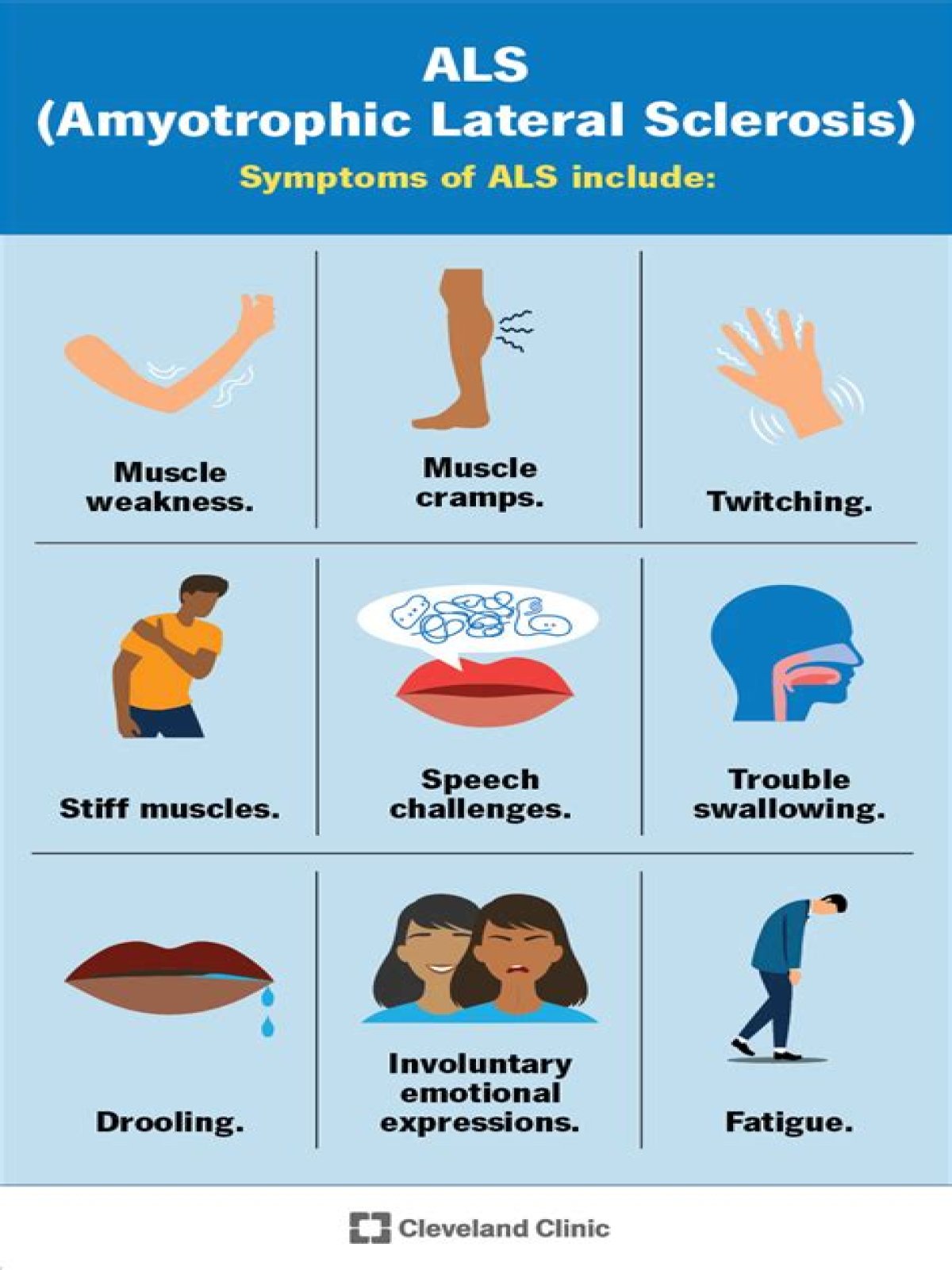Does ALS weakness improve with rest?
In fact these muscles are more susceptible to fatigue induced by exercise. While this will recover after a period of rest over minutes or hours it can result in a temporary increase in fatigue that may make arm or leg weakness transiently worse and result in temporary loss of function.
Table of Contents
- Does weakness come and go with ALS?
- Is ALS muscle weakness constant?
- Do ALS symptoms get worse with exercise?
- Does ALS get better with exercise?
- A neurological examination in patients complaining of muscle weakness
- How can I slow my ALS progression?
- How do you maintain strength with ALS?
- What does ALS weakness feel like?
- Is running good for ALS?
- Is walking good for ALS?
- What comes first in ALS weakness or twitching?
- Can ALS go into remission?
- Do ALS fasciculations stop with movement?
- Does atrophy come before weakness in ALS?
- Is ALS weakness painful?
- How long does early stage ALS last?
- Should people with ALS lift weights?
- How do you build muscle with ALS?
- Why is ALS becoming more common?
- Is ALS weakness bilateral?
- Does ALS affect all limbs at once?
- How long does ALS take to progress?
- Can ALS stabilize?
- Can you regain muscle with ALS?
- Can ALS be slowed down?
Does weakness come and go with ALS?
ALS often begins with muscle twitching and weakness in a limb, or slurred speech. Eventually, ALS affects control of the muscles needed to move, speak, eat and breathe.Is ALS muscle weakness constant?
ALS typically announces itself with persistent weakness or spasticity in an arm or leg (80 percent of all cases), causing difficulty using the affected limb.Do ALS symptoms get worse with exercise?
Rosenbohm's team found that while there was no correlation between general exercise levels and risk of ALS, there was an association between the former and outcomes of the disease. People who were very active or sedentary were more likely to die from ALS earlier than their moderately active counterparts.Does ALS get better with exercise?
Exercise for patients with amyotrophic lateral sclerosis (ALS) can be expected to improve function at the early stage of disease, but improvement cannot be expected at the late stage.A neurological examination in patients complaining of muscle weakness
How can I slow my ALS progression?
Standard low impact aerobic exercises like walking and swimming can also help slow the progression of symptoms. Breathing assistance: As the muscles used for breathing become weaker, a person may need devices to help them breathe while they sleep. In severe cases, they may need to use a ventilator.How do you maintain strength with ALS?
One technique you may want to try when you have ALS is exercise. Exercising may seem counterintuitive if your muscles are deteriorating, but studies show that exercising doesn't worsen any of your ALS outcomes, and it can help you maintain the most strength you can as the disease progresses.What does ALS weakness feel like?
The first sign of ALS is often weakness in one leg, one hand, or the face. Or it can be having a hard time talking or swallowing. The weakness slowly spreads to both arms and both legs. This happens because as the motor neurons slowly die, they stop sending signals to the muscles.Is running good for ALS?
Run, mouse, runBut according to experts, a short workout might do a lot more good for people with ALS. Certain forms of moderate aerobic exercise might help keep nerves plugged into muscles and protect them from destruction.
